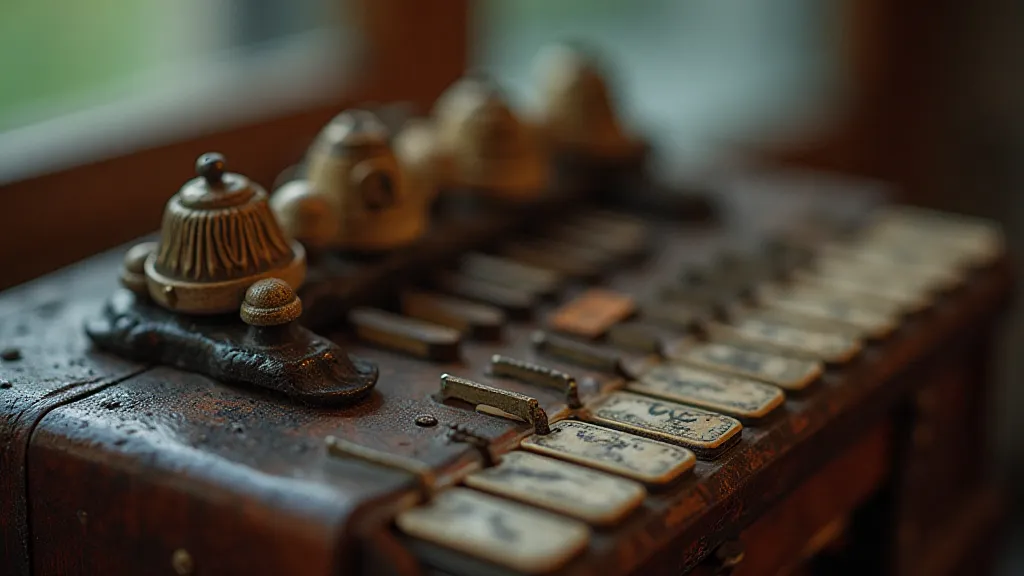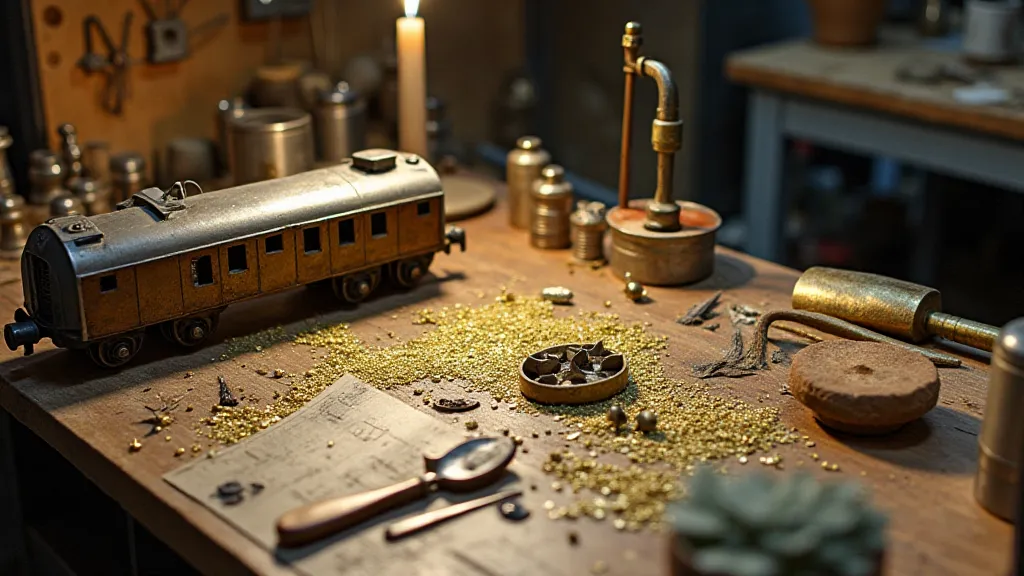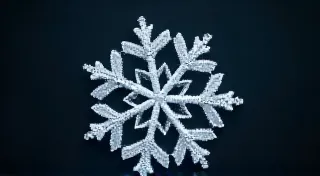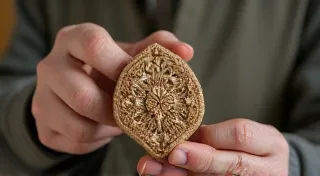The Ledger of Details: Documenting and Perfecting Your Railroading Craft
There's a quiet dignity to things built to last, isn't there? It’s not just about function, though that's undeniably important. It's about the fingerprints of the maker, the deliberate placement of every element, the understanding that enduring beauty often arises from painstaking, repetitive labor. I often find myself thinking of my grandfather’s antique accordion when I’m detailing a railcar or meticulously laying track. He played it every Sunday afternoon, the bellows sighing and wheezing as he navigated tunes from a bygone era. Each key felt worn, each button subtly different in its response, a testament to countless performances and the gentle pressure of his hands. The accordion isn't just an instrument; it's a living record of a life lived, a story etched in metal and leather. Similarly, our miniature railways, particularly for those of us who move beyond the realm of kits, are more than just toys. They are embodiments of our passion, our patience, and our commitment to replicating the spirit of a lost world.

The Importance of Documentation
Too often, the process of model railroading is treated as an end in itself – the finished layout, the running trains. But the real joy, for me at least, lies in the journey, the meticulous crafting, the constant striving for improvement. And a critical, often overlooked, part of that journey is documentation. Not grand schematics, necessarily, but a simple ledger, a place to record techniques, materials, and observations. When tackling a scratch-built project, for example, jot down the precise dimensions of each part, the type of adhesive used, the order of assembly. What felt intuitive in the moment might be a frustrating mystery when you attempt the same project months later. Think of it as an accordion repairman's notebook – a collection of notes about key alignment, reed response, and bellows patching. Without it, replication becomes guesswork, and the possibility of genuinely improving upon a previous attempt fades.
Mastering Miniature Railway Scenery
The transition from a "good" layout to an exceptional one rarely hinges on the locomotives themselves. It’s the scenery, the details, the ability to transport the viewer to a specific place and time that elevates the entire experience. N scale track planning, while constrained by space, demands a keen eye for perspective and an understanding of forced perspective techniques. A slightly elevated grade, realistically placed structures, and carefully chosen vegetation can dramatically alter the perceived depth and realism. Think about the subtle gradations of color in a hillside, the texture of weathered rock, the way light falls on a forested slope. These aren’t things that can be replicated with a single coat of paint or a pre-made tree. It requires layering, blending, and a willingness to experiment.
Consider the impact of adding tiny details – a fallen branch, a patch of wildflowers, a miniature billboard advertising a long-gone business. These elements, seemingly insignificant on their own, collectively contribute to the immersive quality of the scene. For weathering, learn to observe the real world. Examine old photographs of railways, study the way rust forms on metal, the way moss grows on stone. The key is subtlety – a touch of rust here, a hint of grime there. Don’t overdo it. A little goes a long way.
HO Scale Engine Maintenance: A Lesson in Precision
Maintaining HO scale engines, especially older, intricate designs, demands a level of precision bordering on surgery. It’s not just about lubrication and cleaning; it’s about understanding the mechanics, identifying potential problems before they arise, and having the patience to diagnose and repair them. Many older engines utilized intricate valve gear systems, delicate springs, and hand-laid track – all requiring specialized tools and a steady hand. When a component breaks, attempting a repair often reveals the original craftmanship - the perfect spacing of parts and the meticulous assembly. It's a tangible connection to the era of skilled manufacturing.
Think of it as restoring an antique clock. Each gear, each spring, plays a vital role in the overall function. If one element fails, the entire mechanism grinds to a halt. Similarly, in a miniature railway engine, even a seemingly minor malfunction can disrupt the operation. Learning to disassemble, clean, and reassemble these intricate machines is not only a valuable skill but also a deeply rewarding experience.
Scratch Built Train Cars: The Ultimate Expression
Scratch building train cars is, without question, the most challenging but also the most rewarding aspect of the hobby. It requires a mastery of various skills – woodworking, metalworking, drafting – and a willingness to learn from mistakes. However, the satisfaction of creating something entirely from raw materials, of bringing a vision to life, is unparalleled. There's a certain pride in knowing that every detail, every curve, every joint, is the result of your own efforts. It's a return to a time when objects were made by hand, with care and attention to detail.

Railroad Detailing Guide: The Devil is in the Details
The key to truly exceptional modeling lies not in grand gestures but in the accumulation of tiny details. Railroad detailing guide techniques, from replicating individual rivets to simulating the wear and tear of years of service, are what separate the good from the exceptional. Consider the placement of grab irons, the texture of weathered wood, the subtle variations in paint color. These details, seemingly insignificant on their own, collectively contribute to the overall realism of the model. Look at antique photographs of locomotives and rolling stock – observe the placement of every bolt, every nut, every valve. Then, strive to replicate those details on your own models.
Don’t be afraid to experiment with different techniques and materials. Use real-world references to guide your efforts. And remember, the goal is not to create a perfect replica, but to capture the essence of the original. Sometimes, the imperfections, the subtle variations, are what make a model truly believable.
Layout Design Guide & Model Railroading Troubleshooting
Finally, remember that even the most meticulously detailed layout can be hampered by poor design or unresolved operational issues. A well-designed layout is not only aesthetically pleasing but also functional. It provides opportunities for realistic train movements, allows for easy access to maintenance areas, and maximizes the use of available space. Model railroading troubleshooting is inevitable; expect derailments, electrical glitches, and operational quirks. Don't view them as failures, but as opportunities to learn and improve. Each problem solved brings you closer to creating the miniature railway of your dreams.
Ultimately, the ledger of details isn't just about documenting techniques; it's about documenting a passion, a journey, a commitment to excellence. It's about preserving a legacy of craftsmanship and creativity. And just like the faint strains of an antique accordion, it's about creating something beautiful and enduring.





